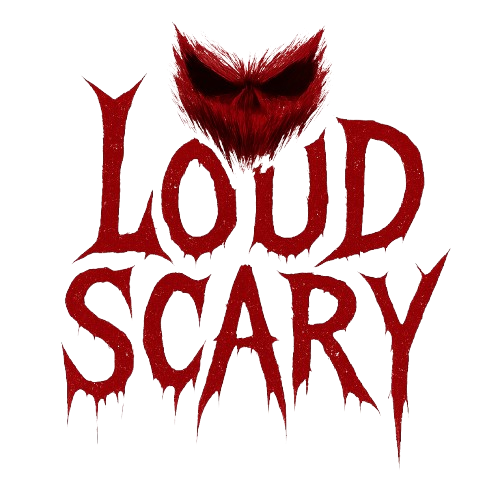What Makes a House Truly Creepy Experts Explain the Warning Signs
 |
| House Truly Creepy Experts Explain |
Fear Starts in the Mind
Before you hear a sound or see a shadow, the unease usually starts in your head. Dr. Marianne Keller, a psychologist who studies fear responses, puts it this way: “When a house unnerves us, it’s often because something in the space violates our expectations. The lighting, the proportions of a room, even the way the air carries sound it puts our brain on alert without us fully knowing why.” That’s why the strangest things can creep you out. A hallway that never seems to end. A low ceiling that slopes in on you. A stairway that swallows up the light halfway down. None of these things scream “danger,” but the feeling builds anyway. You notice how the door sticks a little more than it should. Or how the closet smells not musty, but...off. You don’t say it out loud, but you’ve already thought it: something isn’t right here.The Silence That Fills Too Much Space
If you’ve ever stayed in a house at night and found yourself straining your ears, you’ll know this one. A place can feel too quiet, so quiet it stops feeling like peace and starts feeling like pressure. Experts say absolute silence doesn’t exist in a home there’s always some hum of electricity, some shift in the walls. But when those small sounds vanish, your brain panics. And worse, it starts inventing them. The house doesn’t stay quiet. It creaks, soft and steady, like feet on the floor above. Water pipes complain from nowhere. A drip echoes like a heartbeat. Dr. Alec Wyther, who studies sound patterns, once explained it like this: “Extended silence robs the brain of background comfort. You hyper-focus. Every little sound turns into a potential threat.” That’s when houses feel alive. Not because they are but because your body swears they are.Windows That Watch Back
Windows should connect you to the outside world. Yet in certain houses, they feel less like openings and more like stares. Long, narrow panes that distort shapes. Clouded glass that never quite clears. Or worse, perfectly clean windows that act like mirrors at night, reflecting you back in the dark. Real estate agents know this instinct well. Bad window placement can kill a sale even without a word of ghost stories. A window at the end of a narrow hall. A window with paint sealed over it. Or one that unlocks itself no matter how many times you latch it. Day is bearable. But once the sun goes down, you’re never entirely sure whether you’re looking out, or something’s looking in.Unsettling Smells
If a house has a smell you can’t source or scrub away, it raises alarms in your body long before your brain finds language for it. Mold, mildew, chemical residue they all leave behind odors that feel heavier than they should. Environmental experts point out how powerfully scent ties to survival. A stink of rot, a metallic tang like blood, a whiff of perfume with no owner…those smells register as danger signals. Sometimes they’re perfectly explainable. Sometimes not. “People often describe it as death in the walls,” says building analyst Karen Doyle. “Whether it’s mold spores or just poor ventilation, it doesn’t really matter. The body reads it as contamination, as threat.” And threat, once named, doesn’t fade.When Things Move or Seem To
The dread sharpens when objects don’t seem to stay where you left them. A chair angled off. A toy rolled from one side of the attic to the other. A door suddenly ajar, though you remember closing it.Paranormal researchers list this as a common “haunting” sign. Skeptics shrug, blaming poor memory, loose hinges, or drafts. But whether or not there’s a rational cause, the bruising unease remains the same. Folklorist Dana Ellsworth explains why: “A shifted object suggests an intruder without a face. Something someone you didn’t see has invaded the rules of your space. Even if you can explain it, your body refuses to believe it’s harmless.” And once that suspicion plants itself, every scrape, every shift of air, earns new weight.
Some Houses Never Let Go
Every town has at least one. The house where families move in, then move out fast. Windows always seem shuttered. Grass grows too high. Realtors don’t advertise it so much as try to slip it quietly through rotations. Why do some homes carry that weight forever? Rumors help. Legends feed fear. Once a place gains a reputation, that story pulls at everyone who walks inside. They enter primed to sense something off, and the house obliges. But even stripped of rumor, some homes demand unease. Perfectly clean, perfectly safe and still unbearable. You might not admit why. You just know you’d never feel at ease spending the night.Spotting the Signs Before They Spot You
So how do you tell when a house’s wrongness is more than just nerves? Experts say the body often knows first.- Pay attention to where you avoid walking. A certain hallway. A certain door.
- Notice irregular silences, or the way echoes seem to stretch too long.
- Trust unease around stubborn smells or “shifted” belongings.

.png)